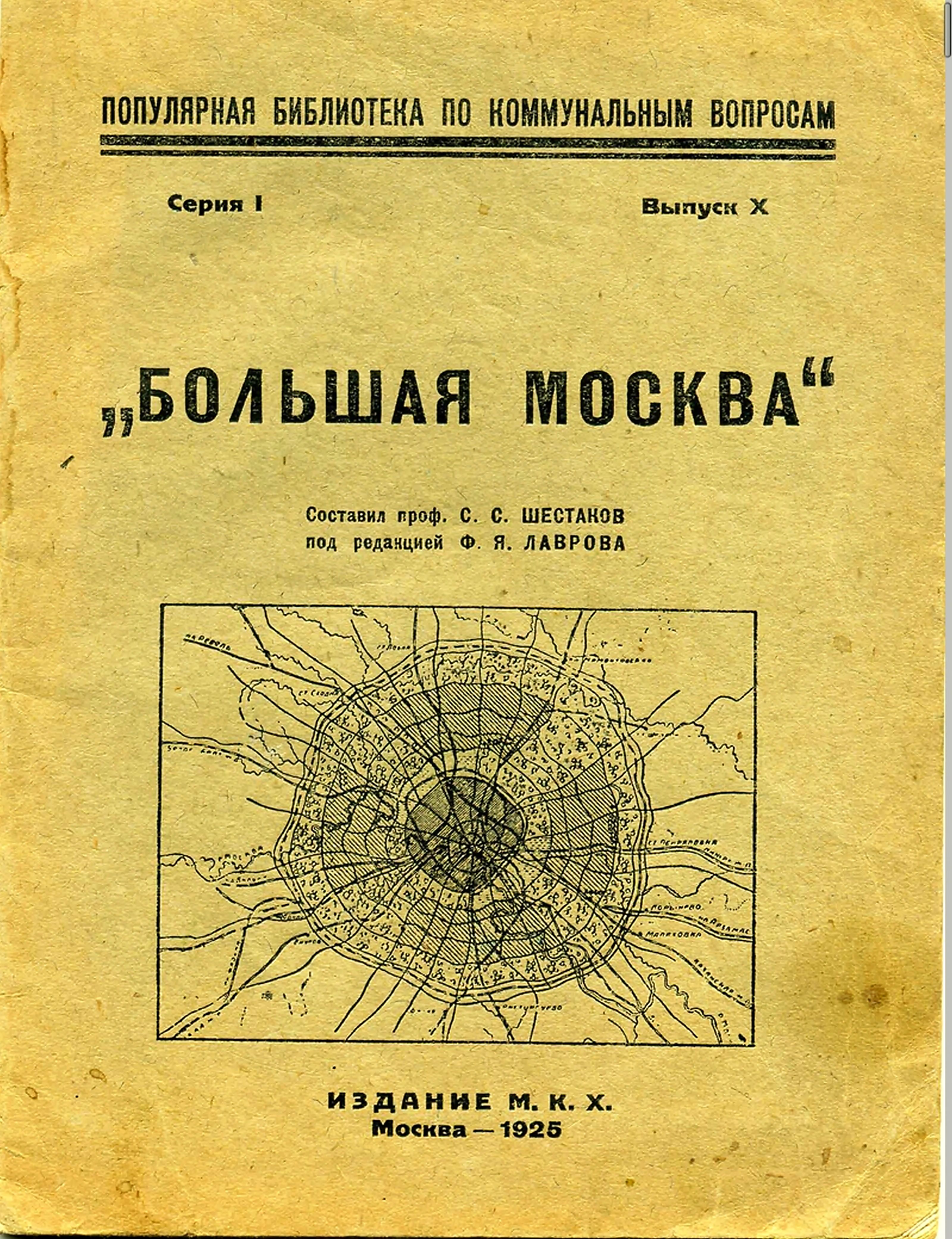Greater Moscow on:
[Wikipedia]
[Google]
[Amazon]
 Greater Moscow () was a general plan of
Greater Moscow () was a general plan of
 Greater Moscow () was a general plan of
Greater Moscow () was a general plan of Moscow
Moscow ( , US chiefly ; rus, links=no, Москва, r=Moskva, p=mɐskˈva, a=Москва.ogg) is the capital and largest city of Russia. The city stands on the Moskva River in Central Russia, with a population estimated at 13.0 millio ...
developed in 1921–1925 by . The plan was approved in 1925 by Mossoviet
The Mossoviet (Russian: Моссовет), an abbreviation of Moscow Soviet, (Московский Совет) was established following the February Revolution . Initially it was a parallel, shadow city administration of Moscow, Russia run by le ...
.
History
The plan suggested that Moscow's territory be expanded to 700 square kilometers; up to 1,800 square kilometers with twogreen belt
A green belt is a policy and land-use zone designation used in land-use planning to retain areas of largely undeveloped, wild, or agricultural land surrounding or neighboring urban areas. Similar concepts are greenways or green wedges, which ...
s. It was supposed that population will reach four million by 1945 and six million by 1960.
Moscow was to be divided into four zones. The first zone was to be located inside of the Circular Railway (currently Small Ring of Moscow Railways) for commercial and residential construction. The second zone would have been the territory outside of the Circular Railway, and was intended for industrial purposes. The third zone was planned as a green residential zone. Finally, the fourth zone would have been a green belt, three to five kilometers wide, serving as a border between the city and the suburban areas. A smaller green belt was planned in between zones two and three, as was a surrounding double ring of satellite cities with a combined population of up to 3.5 million.
The plan also provided for continuous development of the Ring-Radial structure, increasing the number of rings up to seven. The Circular Railway was to be converted to passenger service, as has finally happened in 2016.
References
{{Reflist 20th century in Moscow Politics of Moscow 1925 in Russia